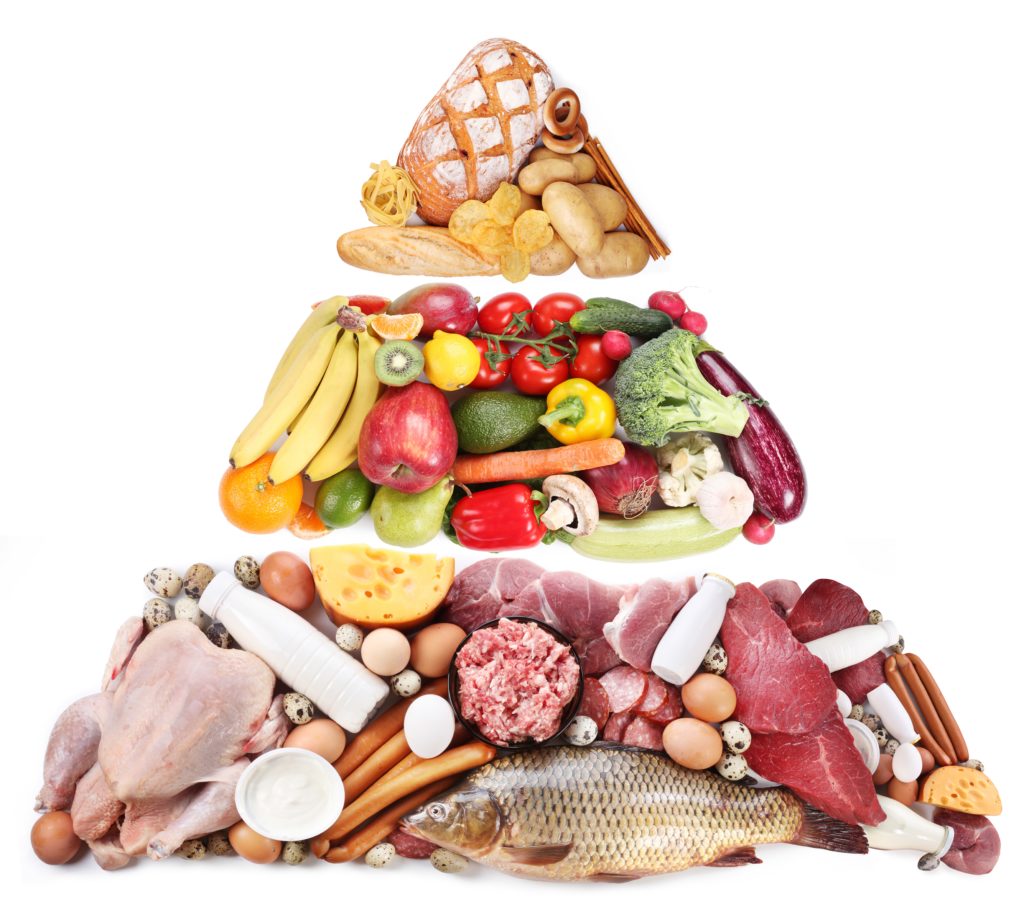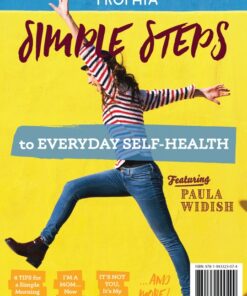I’m going to let you in on a little secret. I’ve never paid much attention to the U.S. Dietary Guidelines. Rather, when it comes to myself and my family, I rely on my self-health education, gathering information from reliable sources, paying attention, asking questions about what we need at any given time, and adjusting as needed.
But plenty of people do depend on the Guidelines, and some of them may even trust the experts have their best interest (and health) in mind when putting them together. The Guidelines shape all of our federal food and nutrition policies. They determine what goes in our shopping carts and lunch trays and impact millions of Americans every day.
Until recently, I had no idea how far-reaching these guidelines truly are, which made me wonder: do you know who the Dietary Guidelines really feed?
The Nutrition Coalition has a straightforward and eye-opening answer to this question. But first, let’s begin with some background information.
The U.S. Departments of Agriculture and Health and Human Services released the inaugural set of guidelines in 1980, and they’ve been analyzed and updated every five years since. You’ve known them as a pyramid, and now as a plate. These visuals help you “see” what it is the agencies believe your eating habits should look like.
There’s been opposition to the Guidelines from the very beginning, particularly the idea that less fat and cholesterol should be promoted. These concerns didn’t sway the initial recommendations, and they still don’t. Even after an entire industry’s lies about fat have been exposed, there still hasn’t been much of a shift in what the Guidelines promote.
This is a big deal when we answer the question of the day: who do these Guidelines really feed? Some members of the public may choose to treat them as a steadfast rule. But millions of Americans have no say in the matter. That’s because the Guidelines are adopted as “law” by the federal organizations that serve them, as you can see below.
Military: You’d think that all members of the military deserve the ultimate nutrition for the sacrifices they make for the rest of us. But, in fact, all mess hall meals are planned in accordance to the Guidelines.
Department of Education: The dietary lessons in the Guidelines are also taught in our schools, meaning some of the same misinformed ideas are perpetuated every five years.
Healthcare Professional Organizations: Organizations such as the American Diabetes Association and the American Academy of Pediatrics base their suggested menu plans on the Guidelines, without taking into account that individuals with diabetes and other chronic diseases may have special dietary considerations.
Government Food Programs: Kids who receive school lunches. Low-income families on SNAP (food stamps). Senior citizens who receive nutrition assistance. All of these programs are structured around the Guidelines, even though different stages of life require different nutritional goals. There is no one-size-fits-all food program.
Our Food Supply: The Guidelines are also the basis for nutrition labels— and even marketing tactics found on food packaging. You know we’ve discussed the chaos of food label math here before.
Interestingly, when you check out the infographic offered by the Nutrition Coalition, you can see the impact these guidelines and programs have had on our nation’s obesity rates since 1980. It’s quite eye opening:
- The obesity rate for our troops is at 7 percent.
- More than two-thirds of the population is either overweight or obese.
- More than 18 percent of our kids have hit the obesity marker.
The recent discovery that so many of our highly regarded eating guidelines have been based on sloppy science certainly leaves a bad taste in my mouth. It shows yet again that special interest groups put their bottom line ahead of you, me, our families, and our communities.
We self-healthers don’t let it slide though. We seek out our own answers to questions like this, and we make choices that keep us on a healthy path, correcting as needed, based on personal experience.
So remember, don’t let the U.S. Dietary Guidelines blindly feed you!
ImageS from iStock/Zerbor (main), ValentynVolkov (food pyramid).




